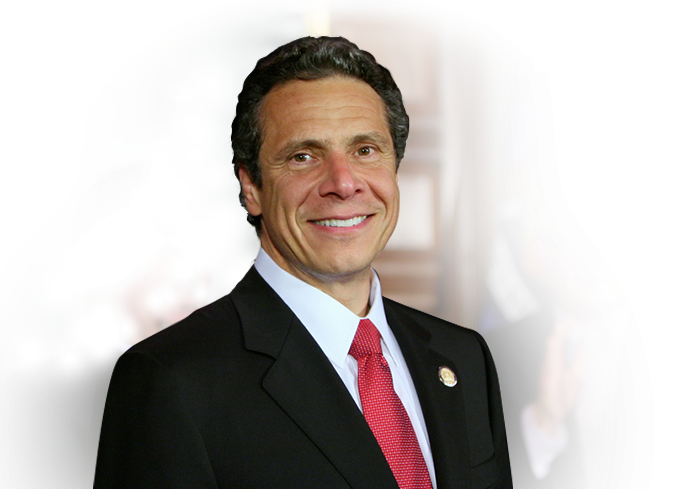Gov. Cuomo Signed the NY's Clean Water Infrastructure Act
Published on by Water Network Research, Official research team of The Water Network in Government
Gov. Andrew Cuomo officially signed the state’s Clean Water Infrastructure Act, enacting what he called a “comprehensive, multifaceted action plan.”
 In what has become a semi-regular occurrence, the governor elaborated on aggressive plans to clean up, and keep clean, statewide water supplies, including several programs focused directly on Nassau and Suffolk counties.
In what has become a semi-regular occurrence, the governor elaborated on aggressive plans to clean up, and keep clean, statewide water supplies, including several programs focused directly on Nassau and Suffolk counties.
He first noted the multi-billion-dollar Clean Water Infrastructure Act, including its Long Island components, during his annual state budget tour in January.
In concert with state legislators, the plan has actually grown in the months since. It’s now a $2.5 billion effort – in January, Cuomo referenced a five-year, $2 billion investment – including several programs that answer the “especially urgent” need on Long Island, where water issues are compounded “because of the geography,” the governor noted.
“It’s all sand,” he said at Wednesday’s press conference. “Everything that’s spilled, all the rain, all the groundwater, it all goes right through the sand and accumulates in the aquifer, and there it sits.”
Cuomo also noted several specific problem areas, starting with the Northrop Grumman facility in Bethpage. When he first announced a $6 million state study to examine Long Island’s potable water supply in February 2016, the governor said that would include a hard look at the so-called Grumman Plume, a 3-square-mile chemical cloud lurking in the Long Island aquifer, said to have resulted from mid-20th century Grumman manufacturing processes.
The $2 billion Clean Water Infrastructure Act will provide the capital dollars needed to upgrade municipal drinking water systems, improve municipal wastewater systems, and protect drinking water at its source. In addition to incentivizing shared services, funding will also prioritize bottom-up, community based planning at the regional and watershed level. Funded actions will include:
Municipal Drinking Water System Advancements
- Installing advanced treatment and filtration systems to treat and remove both regulated and unregulated contaminants found in drinking water;
- Upgrading aging distribution and treatment systems, including replacement of lead service lines in low-income communities; and
- Connecting contaminated private drinking water wells to regulated public drinking water systems.
Municipal Wastewater Treatment Systems Improvements
- Installing advanced wastewater treatment systems, including those to address nitrogen loading on Long Island;
- Upgrading aging wastewater treatment plants to increase capacity and improve resiliency; and
- Connecting existing homes in densely populated communities to sewer systems or installing advanced public on-site septic systems.
Source Water Protection Actions
- Implementing recommendations of community-driven Source Water Protection Plans funded by the Environmental Protection Fund beginning in 2017-2018;
- Conserving open spaces and building green infrastructure, such as constructed wetlands, to capture runoff and filter contaminants;
- Ensuring proper management and storage of common contaminants like manure and road salt to prevent runoff; and
- Increasing the state Superfund to expedite the cleanup of hazardous waste that may impact sources of drinking water.
Sources: Innovateli and New York State
Media
Taxonomy
- Policy
- Governance
- Integrated Urban Water Management
- Integrated Water Management
- Urban Water
- Water Supply
- Water Management
- Infrastructure
- Integrated Infrastructure